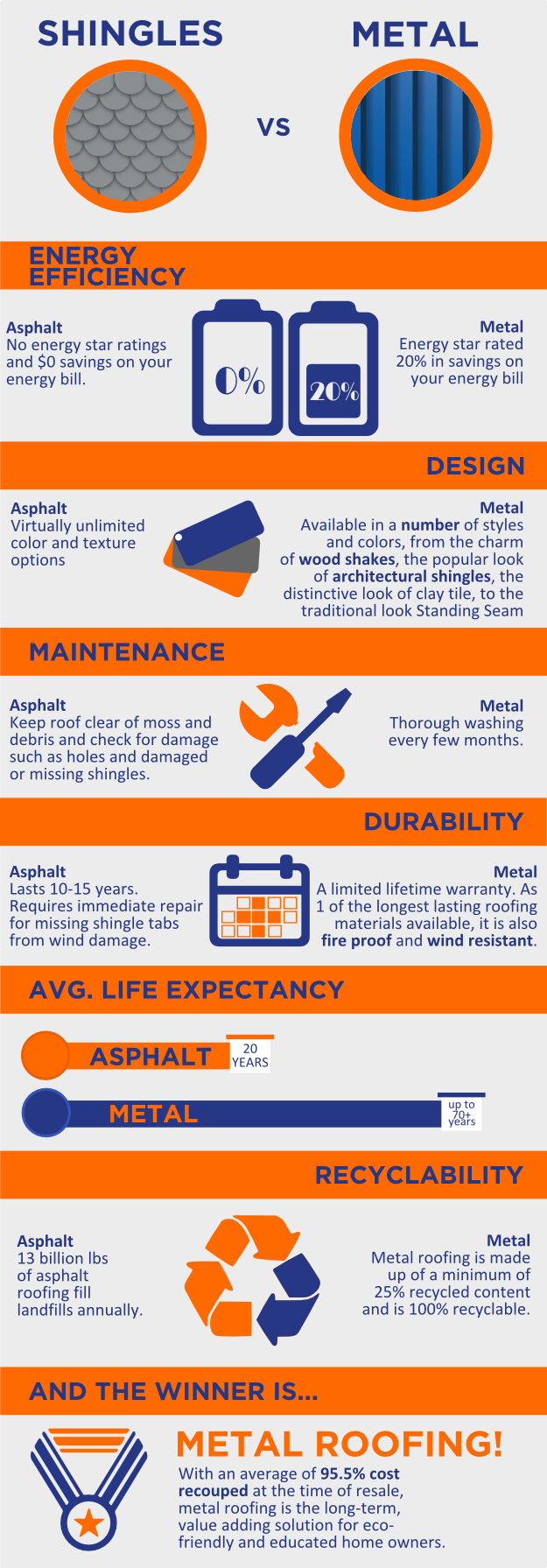The Duty Of Roofing System Ventilation In A Successful Setup
The Duty Of Roofing System Ventilation In A Successful Setup
Blog Article
Article Author-Kehoe Iversen
When you're taking on a roof covering job, you may not assume much concerning roof air flow, yet it's more essential than you understand. Efficient air flow aids manage temperature level and wetness in your attic, stopping issues like mold and architectural damage. By comprehending how to make and set up a well balanced air flow system, you can boost energy efficiency and lengthen the life expectancy of your roofing materials. So, what are https://www.architectureanddesign.com.au/features/list/modern-takes-on-traditional-roofs-nine-roof-profil to think about throughout installation that can make all the difference?
Importance of Roofing System Ventilation
Roof covering ventilation plays an essential function in maintaining the overall health and wellness of your home. By permitting fresh air to distribute with your attic room, it assists control temperature level and moisture levels. This equilibrium is necessary to prevent heat accumulation during hot months, which can lead to raised energy expenses as your air conditioning burns the midnight oil.
Furthermore, click for more decreases the risk of moisture-related concerns like mold and mildew. If humidity degrees climb, your home's architectural stability can be jeopardized, leading to expensive repair services. You would not wish to handle decaying wood or deformed roofing materials, right?
In addition, adequate air flow extends the lifespan of your roof. When warm and wetness are kept in check, your roofing system can execute optimally, protecting against premature damage. This means fewer frustrations and expenses down the line.
Exactly How Roof Ventilation Works
Reliable roofing ventilation relies upon the all-natural motion of air to develop a balance between consumption and exhaust. When you mount vents, you're essentially allowing fresh air to enter your attic while enabling warm, stagnant air to leave. This procedure assists manage temperature level and wetness levels, protecting against concerns like mold and mildew growth and roof damages.
Intake vents, usually discovered at the eaves, draw in awesome air from outdoors. On the other hand, exhaust vents, situated near the ridge of the roof, allow hot air surge and leave. The difference in temperature level creates an all-natural airflow, called the pile impact. As cozy air rises, it creates a vacuum that pulls in cooler air from the reduced vents.
To optimize this system, you require to make certain that the consumption and exhaust vents are appropriately sized and placed. If the intake is limited, you won't accomplish the desired air flow.
Furthermore, not enough exhaust can catch warmth and moisture, resulting in possible damage.
Key Setup Factors To Consider
When mounting roofing system ventilation, a number of vital factors to consider can make or damage your system's effectiveness. Initially, you need to assess your roofing system's style. The pitch, shape, and materials all influence airflow and ventilation option. Make sure to pick vents that fit your roofing type and neighborhood climate problems.
Next off, take into consideration the placement of your vents. Ideally, you'll want a well balanced system with intake and exhaust vents placed for ideal airflow. Location intake vents low on the roofing system and exhaust vents near the height to motivate a natural circulation of air. over here helps stop wetness buildup and advertises power effectiveness.
Do not ignore insulation. Appropriate insulation in your attic room stops heat from leaving and maintains your home comfy. Make certain that insulation doesn't obstruct your vents, as this can impede air movement.
Last but not least, think of upkeep. Select ventilation systems that are very easy to access for cleansing and examination. Routine upkeep ensures your system continues to operate efficiently gradually.
Final thought
Finally, roofing ventilation is crucial for an effective installation. By making sure appropriate airflow, you can avoid warm accumulation and dampness issues that lead to pricey damage. When you purposefully setting intake and exhaust vents, you enhance energy efficiency and extend the life-span of your roof. Remember, a well-ventilated roofing system not just shields your financial investment however likewise boosts your indoor air high quality. So, focus on ventilation to make certain a durable and economical roof for your home.
